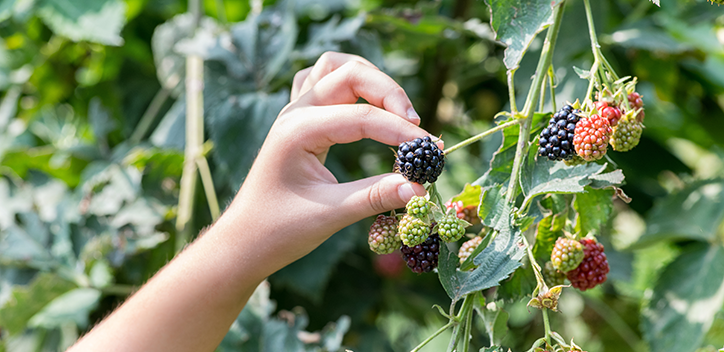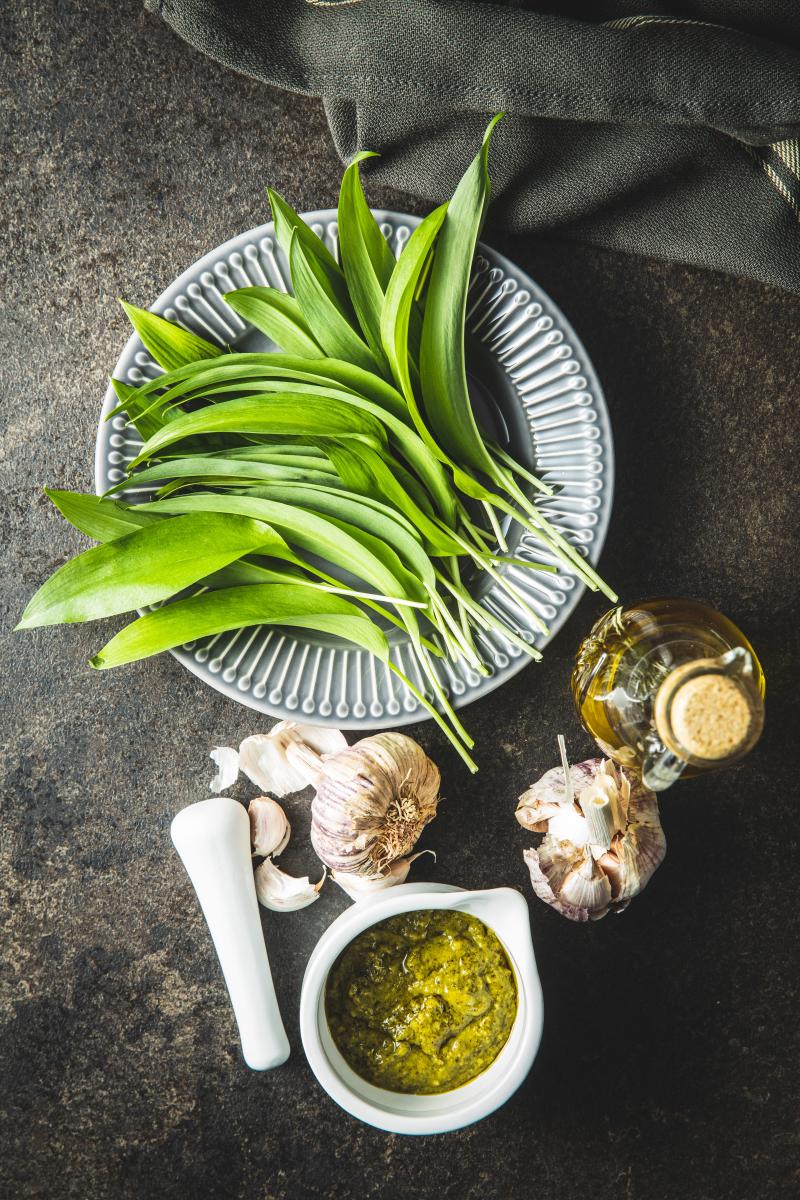Foraging mentor Jon Dale introduces his top tips to help those who are interested in saving money gathering wild ingredients
 Jon Dale is a qualified Food and Beverage Manager specialising in healing plant-based vegan food, with an emphasis on seasonal, vibrant wild, living raw and organic ingredients for optimum nutrition. He is also a foraging mentor and leads seasonal wild food walks, educating and inspiring people to connect with nature and the food growing all around us, as a sustainable way of living healthy lives. Jon kindly shares his top foraging tips for beginners!
Jon Dale is a qualified Food and Beverage Manager specialising in healing plant-based vegan food, with an emphasis on seasonal, vibrant wild, living raw and organic ingredients for optimum nutrition. He is also a foraging mentor and leads seasonal wild food walks, educating and inspiring people to connect with nature and the food growing all around us, as a sustainable way of living healthy lives. Jon kindly shares his top foraging tips for beginners!
1. What is foraging and how did you get into it?
Foraging is the act of gathering wild food for free. I got into foraging from a young age growing up in South Africa and learning survival skills at Boy Scouts on my journey to the Springbok Scout award back in 1994. I also enjoyed finding fallen avocados and picking blackberries as a boy, and it felt so natural.
2. What are the benefits of foraging?
When I decided to go vegan I was researching plant-based nutrition and learned that wild food can be more nutrient dense than shop-bought food. It is also seasonal, local, free and possibly, unofficially, organic too – remember food is medicine.
3. What advice can you offer people who are new to foraging and trying to save money on food during the cost-of-living crisis?
My advice to people new to foraging is, firstly, don’t rush into it. I suggest doing as much research as possible into identifying wild plants, perhaps starting with a good book and possibly a trusted friend or family member who has experience with foraging. You could also go on a local walk with foraging groups or an experienced forager/foraging mentor – remember to take lots of notes and photos as well. Make sure that you are 100% sure of what you are looking at, and harvesting, as you want to avoid poisonous plants. Although you will save money foraging, wild food is powerful and potent, so I would suggest introducing it to your diet slowly – see how it reacts, feels, and resonates with your body. Everyone is different genetically and what works for some people may not work for another person.
4. Is it possible to forage anywhere and all year round?
It is possible to forage in all countries around the world, all year round but, remember, you can’t forage on private property without landowners' permission. Spring is usually a good time to forage for edible plants with new growth of greens and flowers, summer for full growth and autumn for wild fruit. Wintertime is usually a time to use preserved wild foods that have been harvested in the other seasons, but there is still some wild food that grows in winter.

5. What are the dos and don’ts of sourcing your own food?
The most important thing is to always harvest respectfully, so don’t take more than you need, don’t harm the plants or wildlife on the land, use scissors to make a clean cut for leaves and sea vegetables and only take about 10% – leaving the rest for nature. Don’t uproot plants without landowners' permission (it’s against the law). Be aware of where you are foraging and the risks involved. For example, be sure to forage in more natural settings away from the roadside and dog walk areas which may have traces of feces. Fruit higher up is generally okay but avoid edible plants such as lower growing wild greens in areas that are sprayed with chemical herbicides and pesticides. That said, each area is unique and sometimes you may have to travel to find a good place to forage. When foraging is done responsibly you can make a mental (or even a logged, written) note of what you find, where and when so you can return to the spot again in the future.
6. Do you have any foraging tips for eating healthy whilst living on a budget?
 Remember, food has changed more in the past 50 years than it has for the past 5,000 years! Our ancestors were all foragers and they worked and ate with the seasons. I suggest eating a whole-food plant-based diet, and try to avoid expensive and heavily processed and packaged foods that are aimed at profit not health. Choose vibrant colourful food, be it shop-bought, home-grown in your own garden or wild/foraged. We are what we eat, literally.
Remember, food has changed more in the past 50 years than it has for the past 5,000 years! Our ancestors were all foragers and they worked and ate with the seasons. I suggest eating a whole-food plant-based diet, and try to avoid expensive and heavily processed and packaged foods that are aimed at profit not health. Choose vibrant colourful food, be it shop-bought, home-grown in your own garden or wild/foraged. We are what we eat, literally.
7. What is your favourite budget recipe using foraged ingredients?
In springtime I like to make a wild garlic pesto, which is great with pasta or steamed potatoes. I also enjoy nettles or sea beet with potatoes as a type of “sag aloo”. My favourite sea vegetable is dulse which I dry and grind and sprinkle on my food as a salt alternative and it’s full of minerals. It can also be dried and fried in coconut oil as a bacon substitute, very crispy and delicious in my opinion. However, it’s important to remember that seaweed is high in iodine and, therefore, should be consumed in moderation. I’m not really one for following a recipe. I go with what I have in stock or what resonates with me at the time. There are plenty of recipes online, or any cookbook can be veganised.
We hope Jon’s knowledge and insight inspires you to start your own foraging journey so you can connect with nature and eat well whilst cutting back on food costs. For more information on how you can live frugally as a vegan, be sure to visit Live Vegan for Less and follow the hashtag #LiveVeganforLess on socials.
The views expressed by our bloggers are not necessarily the views of The Vegan Society.
